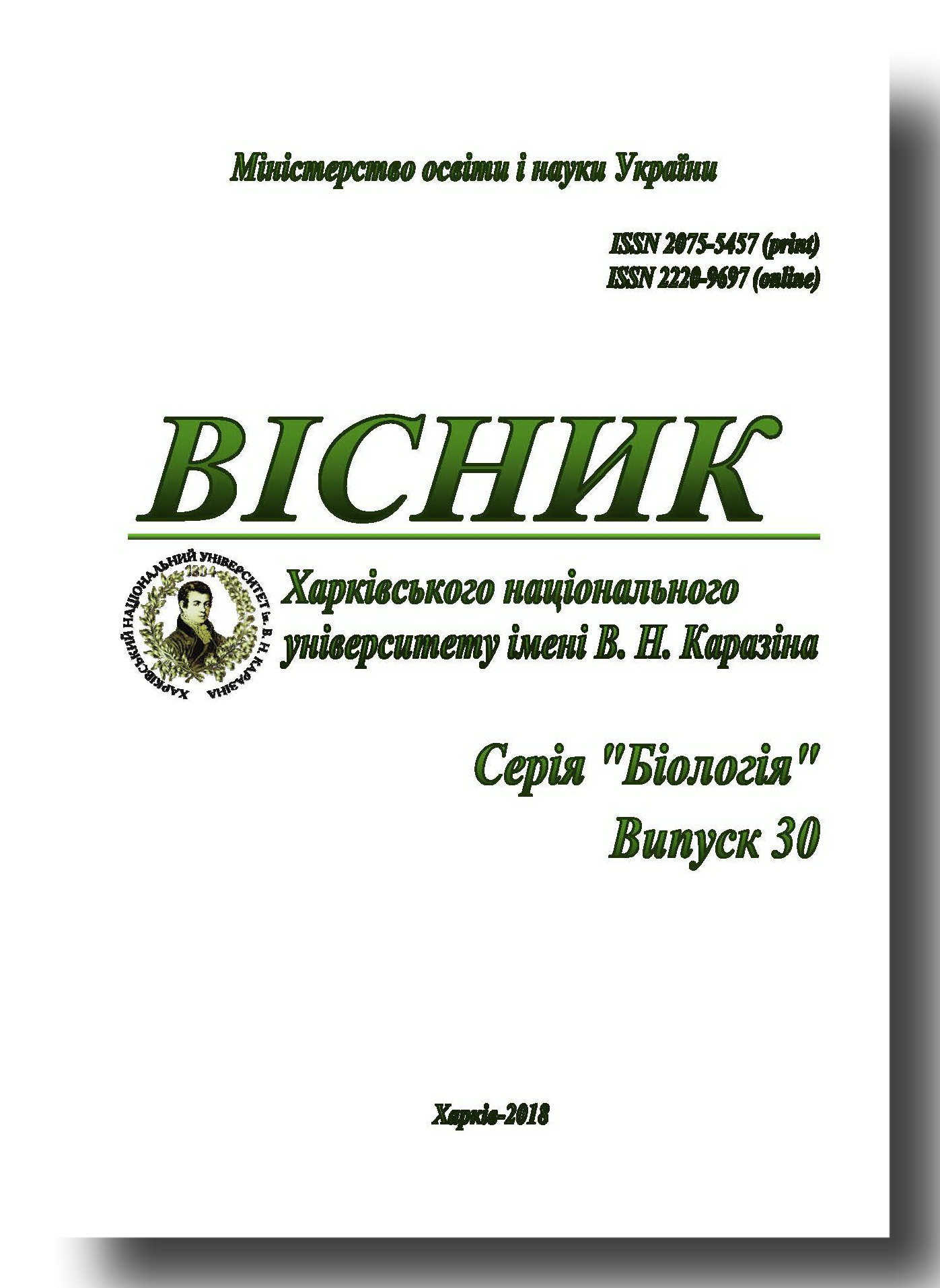Glutathione redox cycle enzymes as potential targets for heme-mediated oxidation under hemolysis: in silico analysis
Abstract
Glutathione (g-glutamylcysteinylglycine) redox homeostasis in human erythrocytes is dependent on the activities of glutathione peroxidase (GPX1, EC 1.11.1.9), glutathione reductase (GSR, EC 1.8.1.7), glutaredoxin 1 (GRX1) and NADPH-generating enzymes of pentose phosphate pathway, glucose-6-phosphate dehydrogenase (G6PD, EC 1.1.1.49) and 6-phosphogluconate dehydrogenase (PGD, EC 1.1.1.44). Free heme accumulation under hemolysis can affect proteins activity thereby in silico analysis of glutathione redox cycle enzymes structure was performed in order to reveal putative heme-binding sites and oxidizable cysteine residues. Protein annotations were taken from UniProt. Heme docking was performed by PatchDock with clustering RMSD 1,5 Å using PDB structures of proteins and heme. Cysteines oxidation potential was estimated by Cy-Preds. Heme binding GSR monomers (1DNC, 3DJJ, 3DK9, 2GRT) and dimers (3SQP, 2GH5) was predicted through His81 close to interchain disulfide bond and through Cys59 near FAD and GSSG binding sites. Heme-binding areas in GPX1 (2F8A) and GPX3 (2R37) also were revealed in the interchain region and in active centre (His80). GLRX1 (4RQR) was predicted to bind heme almost exclusively near the N-end in spite of accessibility of all cysteines including CPYC motif in active centre. G6PD monomer (2BH9, 5UKW) revealed heme-docking areas in NADP+ binding region and a-helix 437–447 located in dimer 2BHL at the interchain surface. Heme docking to PGD (4GWG, 4GWK) was in substrate binding region near His187. So enzymes active centres and chain interaction regions were revealed in the most of heme docking variants. From one (in PGD) to three (GSR) cysteines susceptible to oxidation were found in each protein including cysteines that were predicted to bind heme. Heme-mediated oxidative effect on glutathione redox cycle enzymes in erythrocytes and blood plasma could be an important mechanism of hemolysis progression under stress and pathologies.
Downloads
References
Andersen H.R., Nielsen J.B., Nielsen F., Grandjean P. Antioxidative enzyme activities in human erythrocytes // Clin. Chem. – 1997. – Vol. 43, no. 4. – P. 562-568.
Chiabrando D., Vinchi F., Fiorito V. et al. Heme in pathophysiology: a matter of scavenging, metabolism and trafficking across cell membranes // Front. Pharmacol. – 2014. – Vol. 5. – Article 61 (24 pages).
Handala L., Domange B., Ouled-Haddou H. et al. DHEA prevents ribavirin-induced anemia via inhibition of glucose-6-phosphate dehydrogenase // Antiviral Res. – 2017. – Vol. 146. – P. 153–160.
Hanschmann E.M., Godoy J.R., Berndt C. et al. Thioredoxins, glutaredoxins, and peroxiredoxins--molecular mechanisms and health significance: from cofactors to antioxidants to redox signaling // Antioxid. Redox Signal. – 2013. – Vol. 19, no. 13. – P. 1539-1605.
Immenschuh S., Vijayan V., Janciauskiene S., Gueler F. Heme as a target for therapeutic interventions // Front Pharmacol. – 2017. – Vol. 8. – Article 146 (15 pages).
Liu R., Hu J. HemeBIND: a novel method for heme binding residue prediction by combining structural and sequence information // BMC Bioinformatics. – 2011. – Vol. 12. – P. 207.
Lushchak V.I. Glutathione homeostasis and functions: potential targets for medical interventions // J. Amino Acids. – 2012. – Vol. 2012. – Article ID 736837 (26 pages).
Mense S.M., Zhang L. Heme: a versatile signaling molecule controlling the activities of diverse regulators ranging from transcription factors to MAP kinases // Cell Res. – 2006. – Vol. 16, no. 8. – P. 681–692.
Pandey K.B., Rizvi S.I. Biomarkers of oxidative stress in red blood cells // Biomed. Pap. Med. Fac. Univ. Palacky Olomouc Czech. Repub. – 2011. – Vol. 155, no. 2. – P. 131-136.
Schneidman-Duhovny D., Inbar Y., Nussinov R., Wolfson H.J. PatchDock and SymmDock: servers for rigid and symmetric docking // Nucl. Acids. Res. – 2005. – Vol. 33. – P. W363–W367.
Smith L.J., Kahraman A., Thornton J.M. Heme proteins – diversity in structural characteristics, function, and folding // Proteins. – 2010. – Vol. 78, no. 10. – P. 2349-2368.
Soylu İ., Marino S.M. Cy-preds: An algorithm and a web service for the analysis and prediction of cysteine reactivity // Proteins – 2016. – Vol. 84. – P. 278–291.
Zhang Y., Skolnick J. TM-align: A protein structure alignment algorithm based on TM-score // Nucleic Acids Research. – 2005. – Vol. 33. – P. 2302–2309.
Authors retain copyright of their work and grant the journal the right of its first publication under the terms of the Creative Commons Attribution License 4.0 International (CC BY 4.0), that allows others to share the work with an acknowledgement of the work's authorship.




